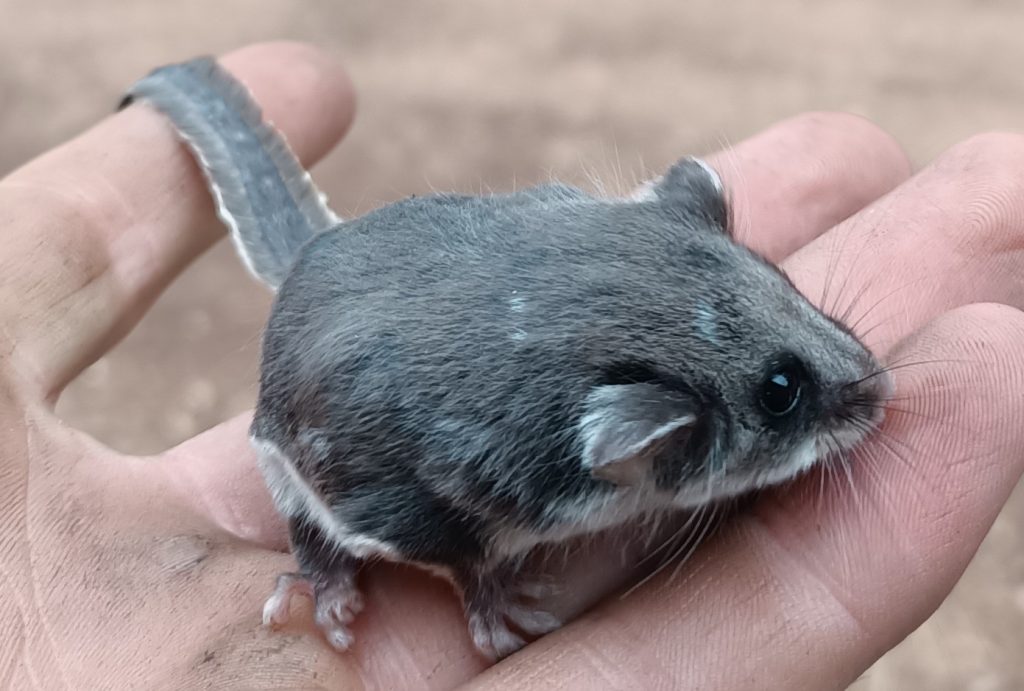Interesting follow-up to last month’s Feathertail Glider story
Last month’s story about my son Dale’s random encounter with a couple of feathertail gliders triggered an interesting email exchange with highly respected biologist Peter Menkhorst. Peter contacted me to explain that in recent years the feathertail glider had been re-assessed by taxonomists and is now considered to be two different species: the Narrow-toed Feathertail Glider (Acrobates pygmaeus) and the Broad-toed Feathertail Glider (Acrobates frontalis). Obviously I have not been keeping up!
However, it seems that this has now made the job of retrospectively determining the two species’ distributions quite important – especially as both are known to occur and overlap in their range in Victoria and hence many past observational records are now impossible to disentangle. With this in mind, Peter asked if there were any other photos Dale took, because – as reflected by their new names – a key way to tell the two species apart is to look more closely at their toes!
I forwarded back the full batch of photos, and Peter said that the animals Dale found:
“are the Narrow-tailed Feather-tailed Glider Acrobates pygmaeus. Diagnostic features visible in the photos are the lack of an expanded, round toe-pad on the first 2 digits on the hindfoot, i.e. the ‘big toe’ and its neighbour, and the pale fringe to the tail. These features are pretty clear in image 103514, for example.”
The image Peter was referring to is below:

A big thanks to Peter for taking the time to follow up, and also well done to Dale for taking lots of photos, which made the positive identification possible.
It is a great reminder that if you ever come across something like this that is out of the ordinary, please remember to take lots of photos (if it is alive) and, if it is dead, bag it up and freeze it before contacting your state museum to arrange having it lodged so that it can be identified and preserved.
PS. This really great little article I have since come across, by the Strathbogie Ranges Nature Review, gives an excellent, more detailed overview of both species and how to tell them apart.
